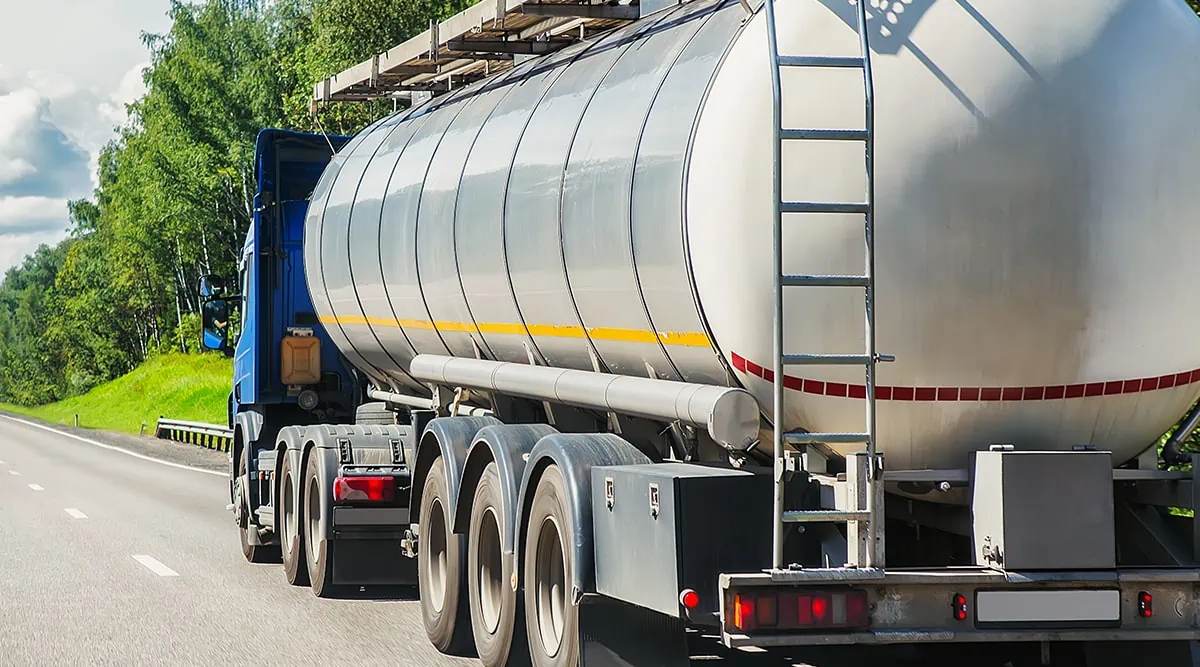5 Simple Techniques For Reclaim Waste
5 Simple Techniques For Reclaim Waste
Blog Article
10 Easy Facts About Reclaim Waste Shown
Table of ContentsMore About Reclaim WasteAll about Reclaim WasteThe 30-Second Trick For Reclaim WasteThe Greatest Guide To Reclaim WasteThe 8-Minute Rule for Reclaim Waste
Domestic sewer waste refers to the waste and products from a residential septic storage tank. The proper administration and disposal of domestic sewage waste call for fluid waste to be transferred to a sewage treatment plant where the correct methods and tools are applied to cleanse and dispose of waste.
Commercial waste commonly consists of possible risks, such as combustible products or a mix of fluid and strong waste products, and requires an advanced and comprehensive disposal procedure. The disposal of commercial waste normally entails the purification of waste prior to transportation to guarantee secure and correct disposal. Industrial waste is developed from byproducts and runoff of commercial processes and production.
This kind of waste can not utilize the very same sewer management transportation or processes as septic or industrial fluids. The hazardous waste management procedure needs the inspection and testing of liquid waste before it goes through the disposal process (liquid waste removal). Drainage waste is the liquid waste that originates from drainage and excess stormwater in very booming locations or cities
Overflow waste can cause contamination and flooding if not handled correctly. Ensuring proper waste management can stop catastrophes and lower ecological injury.
Unknown Facts About Reclaim Waste
Contact PROS Solutions today to learn more about our waste administration and disposal solutions and the proper means to look after the fluid waste you create.
(https://www.behance.net/leonaube)Do you understand what takes place to your water when you pull the plug, purge the toilet or drain the cleaning device? No? Well, it's worth knowing. This so-called 'wastewater' is not just an important resource yet, after treatment, will certainly be released to our land, rivers or the ocean. Utilized water from bathrooms, showers, bathrooms, kitchen sinks, laundries and commercial processes is recognized as wastewater.

water used to cool down machinery or tidy plant and equipment). Stormwater, a kind of wastewater, is runoff that streams from farming and metropolitan locations such as roof coverings, parks, yards, roadways, courses and gutters right into stormwater drains, after rain. Stormwater moves untreated directly to neighborhood creeks or rivers, eventually reaching the sea.
Some Ideas on Reclaim Waste You Need To Know
In Queensland, the majority of wastewater is my link treated at sewer treatment plants. Wastewater is transported from domestic or commercial websites with a system of sewage systems and pump terminals, referred to as sewage reticulation, to a sewer therapy plant. City governments build, maintain and run most sewage treatment plants. Operators are licensed under the Environmental Protection Act 1994 to release treated wastewater at an acceptable environmental requirement right into rivers.
The Department of Natural Resources recommends city governments concerning managing, operating and preserving sewage systems and therapy plants. In unsewered areas, city governments might call for homeowners to mount private or home sewage treatment systems to deal with residential wastewater from bathrooms, kitchen areas, bathrooms and laundries. The Division of Natural Resources authorizes the use of family systems when they are confirmed to be reliable.
The majority of stormwater obtains no treatment. In some brand-new neighborhoods, treatment of some stormwater to eliminate litter, sand and crushed rock has actually begun using gross pollutant catches. Wastewater treatment occurs in 4 stages: Gets rid of solid matter. Bigger solids, such as plastics and other things incorrectly released to sewers, are eliminated when wastewater is gone through screens.
Wastewater then moves into big tanks where solids clear up and are removed as sludge. Grease and residue are skimmed from the surface area. Uses little living organisms called micro-organisms to break down and eliminate staying dissolved wastes and fine bits. Micro-organisms and wastes are integrated in the sludge. Removes nitrogen and phosphorus nutrients that could trigger algal flowers in our waterways and threaten water life.
The Greatest Guide To Reclaim Waste
Nutrient elimination is not offered in all sewage treatment plants because it needs costly specialized devices. It is coming to be extra usual in Queensland. Clear liquid effluent generated after therapy might still include disease-causing micro-organisms. If this effluent is released into rivers such as rivers or the sea, the micro-organisms will ultimately pass away out.

Many wastewater flows right into the sewerage system. Under the Act, regional federal governments carry out approvals and permits for environmentally pertinent activities (Periods) including wastewater launches that may have a regional effect.
The Only Guide for Reclaim Waste
Or else, samples are taken for research laboratory analysis. Commonly many tests are needed to develop the degrees of each of the various toxins such as oils, hefty steels and pesticides in water. Tracking supplies factual info concerning water top quality and can confirm that permit problems are being satisfied. The info acquired via surveillance gives the basis for making water quality decisions.
Report this page